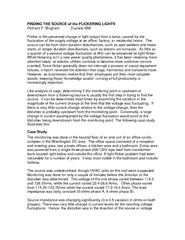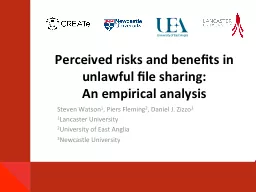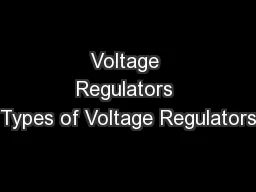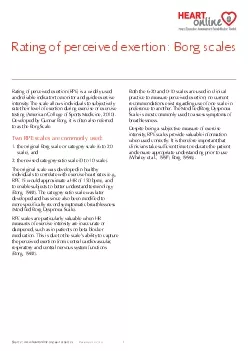PDF-FINDING THE SOURCE of the FLICKERING LIGHTSRichard P. BinghamDranetz-BMIFlicker is the
Author : yoshiko-marsland | Published Date : 2015-07-22
supply side Since the monitoring was being done at the breaker panel thesource of the flicker was determined to be upstream or outside the buildingThe graph shows
Presentation Embed Code
Download Presentation
Download Presentation The PPT/PDF document "FINDING THE SOURCE of the FLICKERING LIG..." is the property of its rightful owner. Permission is granted to download and print the materials on this website for personal, non-commercial use only, and to display it on your personal computer provided you do not modify the materials and that you retain all copyright notices contained in the materials. By downloading content from our website, you accept the terms of this agreement.
FINDING THE SOURCE of the FLICKERING LIGHTSRichard P. BinghamDranetz-BMIFlicker is the: Transcript
Download Rules Of Document
"FINDING THE SOURCE of the FLICKERING LIGHTSRichard P. BinghamDranetz-BMIFlicker is the"The content belongs to its owner. You may download and print it for personal use, without modification, and keep all copyright notices. By downloading, you agree to these terms.
Related Documents














